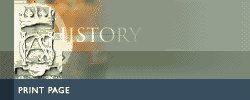|
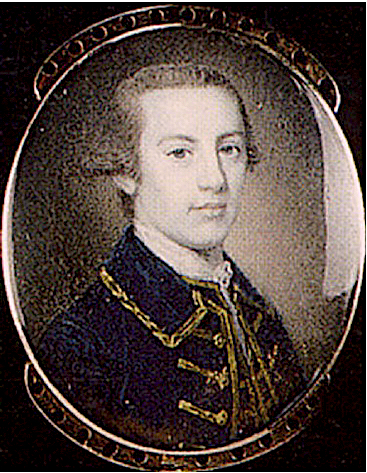
Major
George Seton (1819-1905),
"of Mounie" (of the second
family), of the 93rd Highlanders and 95th Regiment, and The Royal Canadian
Rifles
Most noted as Major
George Seton of the 93rd Highlanders and the Royal Canadian
Rifles (British Army), was born
at Mounie in Aberdeenshire in 1819, and was the fourth son of Alexander Seton of Mounie (d. 16 April, 1850)
and Janet Skene Ogilvy of Airlie, daughter of Skene Ogilvy,
D.D., minister of Old Machar, Aberdeenshire.
He was Captain George
Seton, who started as an Ensign of the 93rd Sutherland
Highlanders on the 28th of July 1838, and a Captain on 21st
of February 1852, and was exchanged to the 95th Regiment in
1852. He married in 1853, Anne-Lucy Wake, only surviving
daughter of the Baldwin Wake (grandson of Sir William Wake,
7th Bart, of Courteen Hull, co. Northampton) by his wife
Sarah, daughter of James Spedding, Esq. of Sumniergrove, co.
Cumberland, and had issue: Alexander-David Seton; and
William-George Seton.
Like his older brother, he
was also educated at home until his early teen-years, being sent
abroad for his education. He was an accomplished artist, and
traveled throughout North America, and maintained a deep interest in
painting the views seen in his travels.
He died unmarried in Edinburgh on March 14th, 1894, and was
succeeded by his nephew from his brother Captain George
Seton; Alexander-David Seton, Esq., and the Castle remains
to this day as it always was. The plan, or Relief drawings
that are pictured in the gallery [left] were drawn February
12th, 1894, and are from the Architect R.S. Lorimer's
papers, and give an idea of "what might have been".
His younger brother Captain George Seton, was also an Ensign
of the 93rd Sutherland Highlanders on the 28th of July 1838,
and a Captain on 21st of February 1852 and was exchanged to
the 95th Regiment in 1852. He
married in 1853, Anne-Lucy
Wake, only surviving daughter of the Baldwin Wake (grandson
of Sir William Wake, 7th Bart, of Courteen Hull, co.
Northampton), by his wife Sarah, daughter of James Spedding,
Esq. of Sumniergrove, co. Cumberland, and had issue:
Alexander-David; and
William-George.
Arms — Quarterly: 1st and 4th,
or, three crescents, and In the centre a man's heart,
distilling blood, the whole within a royal double tressure,
flory and counterflory, gu., for
SeTon: 2nd and
3rd, arg.. a demi-otter, sa., crowned with an antique crown,
or, issuing from a bar, wavy, of the second, for
MelDruM. In
the centre of the quarterings, a crescent, az., for
difference.
Crest and Motto— A demi-man,
in military habit, holding the banner of Scotland, with the
motto, on an escroll above, "Sistento Sanguine Signa;" below
the shield, "Hazard, Zet Forward."
Seat—
Mounie, Old Meldrum, Aberdeenshire
At the death of his
older brother Major David Seton Esq. the 6th Baron of Mounie
who died unmarried in Edinburgh on March 14th, 1894, his son
Alexander-David Seton succeeded to the Estate and Castle as
the representative of the line and the 7th Seton of Mounie.
Serving in Quebec,
Seton later went to Lower Fort Garry, Red River, in advance
of his troops and in July 1857, and there met John Palliser,
of the Palliser Expedition. Palliser then made his way west
to Victoria, where he met Seton's cousin Alexander Caulfield
Anderson.
He was highly regarded
for his watercolour paintings of the wildlife and scenes
noted in his expeditions throughout Canada in the 19th
century, and his paintings reside in National Library of
Canada and the National Art Gallery in Ottawa, as well as in
various museums. There are also some of his possessions
preserved as artifacts in the old fort from his time
stationed in Quebec,now called The David M. Stewart Museum,
formerly the Fort de l'Île Sainte-Hélène, in Montreal,
Quebec, Canada.
In documenting the
geography in advance of the Rideau Canal, his painting The
Drowned Land of 1844, holds clues to it’s early wildlife.
This is likely a view of the River Styx. The steamboat
“Hunter” is making its way along the navigation channel with
the drowned trees of the surrounding forest on either side.
Wildlife such as herons, ospreys and woodpeckers are putting
these dead trees to good use as nesting locations and a
source of food. Below the water, fish species, such as
largemouth bass, are also taking advantage of the habitat
these dead trees provide. “The drowned land - Rideau Canal 4
Augt 44,” by George Seton. Library and Archives Canada,
1950-63-1.18R
Seton did this painting of the River Styx in 1864 based on a
sketch he did in 1844. In it, he shows Blue Herons, Ospreys
and a red-headed woodpecker, all of which would have existed
in the pre-canal era.
He commanded 120
Officers and men of the Canadian Riffles at Quebec, leaving
in June 1857 for York Factory and arriving at the Red River
colony. The mission being sent to protect the frontier from
the Americans, and bolster the Hudson's Bay Company
settlements. While en-route and there, he made several
paintings that documented the life of the regions.
Editors Daunton and Halpern describe this
collection of essays as: "designed to enlarge the scope of
British and American history, while retaining a coherent
centre from which to examine the ‘European’ perspective.
They seek to ‘reintegrate’ history of colonial North America
with imperial and British history in order to extend
chronology and obtain a wider set of contact/conflict
histories for comparative analysis. Aboriginal peoples
worldwide are not the central subject scrutinized; rather
their presence serves to define European subjects. Identity
is meant to be viewed as a category for analysis in which
recognition of multifaceted multiplicity has displaced
essentialism."
In the context of the book’s collection of
essays, it is acceptable for Bayly to argue “that the period
from 1760-1860 was a critical one in the epistemological and
economic creation of ‘indigenous peoples’ as a series of
comparable categories across the globe … also … that a
consideration of the nature of British imperial expansion
and of British intellectual history is central to an
understanding of the invention of these ‘indigenous
peoples’.” (C.A. Bayly, “The British and indigenous peoples”
in Martin Daunton, and Rick Halpern, eds., Empire and
others: British encounters with indigenous peoples,
1600-1850 (London: UCL Press, 1999), 1941.)
George Seton, watercolour, “ Winter
Travelling in Rupert’s Land,” dated 1857. Source: Library
and Archives Canada, Acc. No. 1950-63-9.
George Seton, watercolour, “Indian Dog
Feast. Ruperts Land 1857.” Source: Library and Archives
Canada, Acc. No. 1950-63-1.10R.
George Seton, watercolour, “Buffalo Hunters
of the Far West, 1858.” Source: Library and Archives Canada,
Acc. No. 1950-63-1.8R.
George Seton, watercolour, “ Fort Garry,
Rupert’s Land,” dated 19 March 1858. Source: Library and
Archives Canada, Acc. No. 1950-63-1.19R.
George Seton, watercolour, “Men’s Barracks
from the Officers Messroom Window, Fort Garry, Winter of
1857-1858.” Source: Library and Archives Canada, Acc. No.
1950-63-1.12R.
The Royal Canadian Rifle Regiment men's
barracks as seen from the officer’s mess room window at
Lower Fort Garry during the Winter of 1857-1858. Following
incursions into Canadian territory by American troops, a
company of this regiment was sent from Montreal in July 1857
via York Factory. It was at Fort Garry by early October and
remained in garrison until 1861. Watercolour by Major George
Seton the detachment's commander. (Library and Archives
Canada, C-001066)
Seton was one of many military personnel that passed through
our area during the 19th century. When researching him in
response to a print I recently acquired, I came across a
research project being done on his family line by a
descendant of his, Nancy Anderson. She has kindly been
corresponding with me and has shared a bit of information on
Seton, which is hard to come by as you might suspect.
Although Seton does surface peripherally in the historic
record in several documents, it was mostly in records that
mention him in passing - i.e., listing
rank/position/location, or he participated in such and such
event, etc.
An account of John Palliser's British North
American Exploring Expedition 1857-1860, by Irene M. Spry
records:
"John Palliser and his men set out south, on
horseback, from Upper Fort Garry [Winnipeg] to Pembina Fort
in the United States, along the banks of the Red River in
July 1857. There was the usual scurry and bustle, swearing
and shouting, attendant on a large party setting off from
the fort...The civilized society in question included not
only Mr. Swanston of the Hudson's Bay Company, who had
received them so hospitably and helped them greatly with
their preparations, but also Major Seton, who had come
overland to Red River in advance of the troops then on their
way from Canada by the Hudson's Bay route, and Mr. Johnson,
the Recorder of Assiniboia..... These two gentlemen saw
Palliser and his colleagues ten miles on their way next
morning. Nine miles farther on, the explorers caught up with
the slower carts, just as the men were pitching camp for the
night..."
She also said: "The Hudson's Bay Archives
information on Sixth Reg of Foot Records is on Reel 4M145,
E.67/2-5. I haven't read it yet and don't know what's in it.
Probably you can request it through your library or local
archives...and there's a Beaver Magazine article, A Soldier
at Fort Garry, by George F. G. Stanley, Autumn 1957 that
talks about the troops coming to Fort Garry. They made Fort
Garry (from Hudson's Bay) on Oct. 13, It says, 'One Major
Seton of our Corps had been sent in advance via U.S. Route
in order to see preparations made for our accommodation, and
right nobly he had done it. Several of the large Stores
Houses had been fitted up for the comfort and convenience of
the men, and a Separate apartment for each married man.' I
know that George Seton later formed part of the government
of Assiniboia, but I can't remember what that government was
called. That's about all on Seton [as regards our area...]"
The 'parfleche' artifact forms part of the earliest
documented collection of material from the Canadian Plains
in The British Museum, and was acquired from Major George
Seton.
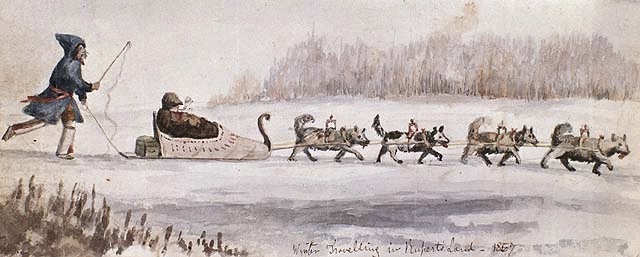 Seton
was also an artist, trained in creating panoramas for
military purposes. He served in the Royal Canadian Rifles
from 1853-58, the last two years stationed at Fort Garry,
Manitoba (Rupert's Land), at the behest of the Hudson's Bay
Company who had requested protection from supposed American
and native threats. At the end of his posting he
participated in two expeditions, one British and one
Canadian, sent out to report on the Canadian Plains. He
collected this parfleche while on the British expedition,
which reported that the plains of Saskatchewan and Alberta
were suitable for farming. Seton
was also an artist, trained in creating panoramas for
military purposes. He served in the Royal Canadian Rifles
from 1853-58, the last two years stationed at Fort Garry,
Manitoba (Rupert's Land), at the behest of the Hudson's Bay
Company who had requested protection from supposed American
and native threats. At the end of his posting he
participated in two expeditions, one British and one
Canadian, sent out to report on the Canadian Plains. He
collected this parfleche while on the British expedition,
which reported that the plains of Saskatchewan and Alberta
were suitable for farming.
J.C.H. King, First peoples, first contacts:
(London, The British Museum Press, 1999)
From British Museum collection: North America (Room 26)
FORT GARRY, 14th March, 1858.
Major Seton to officer commanding Royal Canadian rifles,
Toronto, writes that he should now officially write what he
has already privately done.
"The subjects are first, the expediency in a military point
of view of stationing any portion of Her Majesty's troops at
this place. And second (if such a step should be determined
on the necessity or otherwise of the presence of a field
officer to command the detachment selected for the service.
The first point necessarily involves considerations of
political as well as of a purely military kind and which it
is very difficult to separate, for though upon the latter
ground alone, the conclusion appears to me inevitable that
H. M. troops ought not to be quartered in this locality, yet
the general circumstance of the country may fairly be taken
into account, in estimating the necessity for so an extreme
and inconvenient a measure, if nevertheless and contrary to
my anticipations it should be resolved on.
The distance and isolation of the spot present in themselves
difficulties and inconveniencies, so numerous, so great, and
so obvious, that it would be scarcely necessary, or even
possible to enumerate them all, but when to these is added
the in adequate means of transport and access possessed by
the Hudson's Bay Co., either over the route from York
Factory, or that from Canada, and which have already
resulted in an entire failure on their part to bring up the
necessary clothing and stores for even the small force that
is here, and would, in case of accident in any of the
perilous rapids or portages on the way, have left us without
even ammunition until the month of August next, it can
hardly be desirable to enter into minute detail to show that
nothing short of the most overwhelming necessity could
justify sending troops here at all.
But I am bound to assume that H. M. forces are not sent to
any quarter of the Empire except in contemplation of some
possible military service, in contradistinction to mere
police duty and though there is not the smallest probability
of their being called on to perform either the one or the
other in this place, that fact does not at all testify as to
the fitness of the station, while on he other hand it is
certain, to the best of my judgment that if called upon to
act as a military force the troops could not do so with the
faintest prospect of efficiency.
The population contains about 1,300 male adults, nominally
resident on the banks of the Red River for about 70 miles
upward from its mouth and thinly scattered also along he
banks of the Assiniboine to an extent of 20 miles. These
people, the residents so called, of the settlement, are in
reality more than one half of them absent at great distances
in the interior nearly the whole year those that remain
behind being the elder and more civilized portion and
addicted for the most part to useful but peaceful attempts
at husbandry. From neither portion of the inhabitants has
the Hudson's Bay Co., or anyone else, any violence to
apprehend.
The ordinary administration of justice in small courts,
adjusts all differences between man and man without any
attempt, as I am assured, having ever been made, in the
whole history of the colony, to prevent the execution of a
judgment.
The Hudson's Bay Co. have long since abandoned in practice,
their Pretension of exclusive trade in this district and far
beyond it; or even if there was any chance of a collision
between the natives of the country and the people of the
company in competing for furs with the Indians, the nearest
point where such a thing could occur is at so great a
distance as to preclude the intervention of troops, even if
it were considered (which I hardly venture to think would be
the case) that armed interference between rival traders in
the skins of animals were a proper service for any portion
of the British army.
The United States have no troops nearer than Fort Ripley
(Crow Wing), distance of about 400 miles beyond the frontier
(and there only about 130 men). A small force of about 4O
men, I am informed, came to the frontier nearly two years
ago to a place called Pembina (a few small cottages) but an
encampment of less than one month's duration at that place,
resulted in their return to Fort Ripley.
As regards the second point which I desire to bring under
notice, namely, the necessity for the presence of a field
officer with the detachment, I have placed before you as
succinctly as t can circumstances that will enable you to
form a judgment which I should hope would not be very
different from my own. In requesting to be withdrawn I can
sincerely say that I do so not from impatience of my duty
however painful which Her Majesty's service may impose, but
because I think it due to my superiors and myself to believe
that when these circumstances are officially made known, and
rightly understood, the detachment of the troops nowhere
will be withdrawn, and that if any representations for the
necessity of their remaining even for a time, were to
prevail, the presence of a field officer is wholly
superfluous and unnecessary.
I have the to be, sir,
Your most obedient and humble servant,
GEORGE SETON, Major R.C.R.”
This letter was sent to Horse Guards and War Office.
This epistle from Major Seton was the basis of the remaining
letters, which were the last in the archives bearing
directly on the subject.
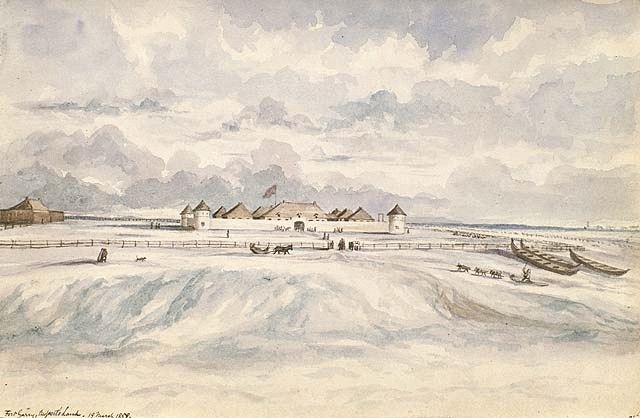
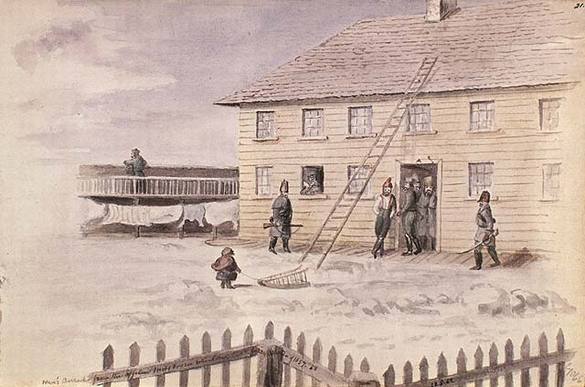
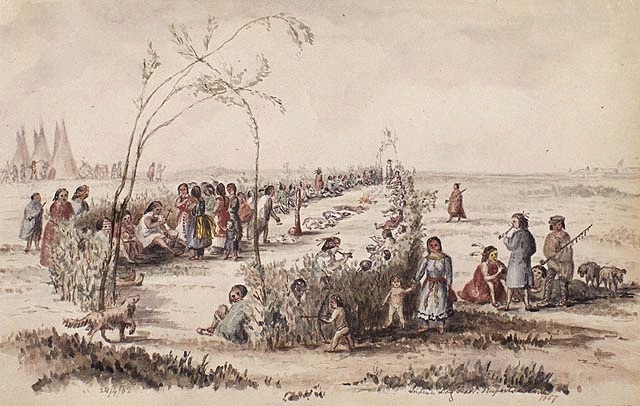
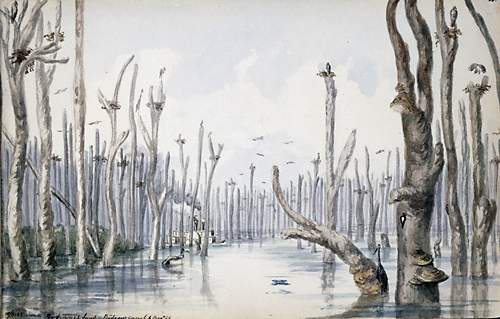
|
